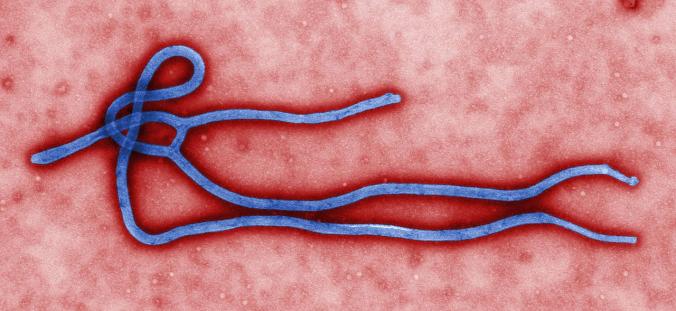I had a fun half hour yesterday evening chatting with the folks on Nerd’s Forum on Huffington Post Live. We reviewed some of the science news of the past week, from the eradication of smallpox to the threat of super-intelligent machines. You can watch the recording here. Continue reading “On Smallpox and Killer Robots”

As viruses go, Ebola has a grim star power. When a new outbreak hits, Ebola kills a high fraction of its victims, causing horrific bleeding along the way. The latest outbreak started in March in Guinea. As of today, the World Health Organization reported 231 cases and 155 deaths.
In order to better treat Ebola, Pardis Sabeti of Harvard and her colleagues have been analyzing the virus’s evolution. It turns out that Ebola is not some freakish new plague, but rather old. If that seems puzzling, a research scientist in Sabeti’s lab, Stephen Gire, has created this animation, which I’ve embedded below, to explain it. Continue reading “Ebola: New or Old?”
Allow me to direct your attention to three stories of mine that have come out in the past few days:
1. In Popular Mechanics, I take a look at the convergence of the old and the new. Paleontologists are using the latest laser-scanning technology and 3D-printing devices to visualize and replicate fossils. When you are faced with a graveyard of forty fossil whales, this kind of thing is a really big help. Continue reading “More Stories! Laser Cowboys, Killer Flu, and the Bloody Fountain of Youth”
The New York Times, May 4, 2014
Two teams of scientists published studies on Sunday showing that blood from young mice reverses aging in old mice, rejuvenating their muscles and brains. As ghoulish as the research may sound, experts said that it could lead to treatments for disorders like Alzheimer’s disease and heart disease.
“I am extremely excited,” said Rudolph Tanzi, a professor of neurology at Harvard Medical School, who was not involved in the research. “These findings could be a game changer.”
The research builds on centuries of speculation that the blood of young people contains substances that might rejuvenate older adults.
Continue reading “Young Blood May Hold Key to Reversing Aging”

This week I took a trip to the University of Maryland to give a talk about parasites. I waxed poetic about how sophisticated parasites are in their manipulations of their hosts, and how we might do well to learn from their wisdom about how the brain works. At dinner, I sat next to David Inouye, the incoming president of the Ecological Society of America. The waiter set down plates in front of us, loaded with plants, animals and fungi–free-living organisms, in other words. As we looked at the plates, a question came up: is there a parasite you can eat? Continue reading “Parasite Cuisine: Eating the Eaters”